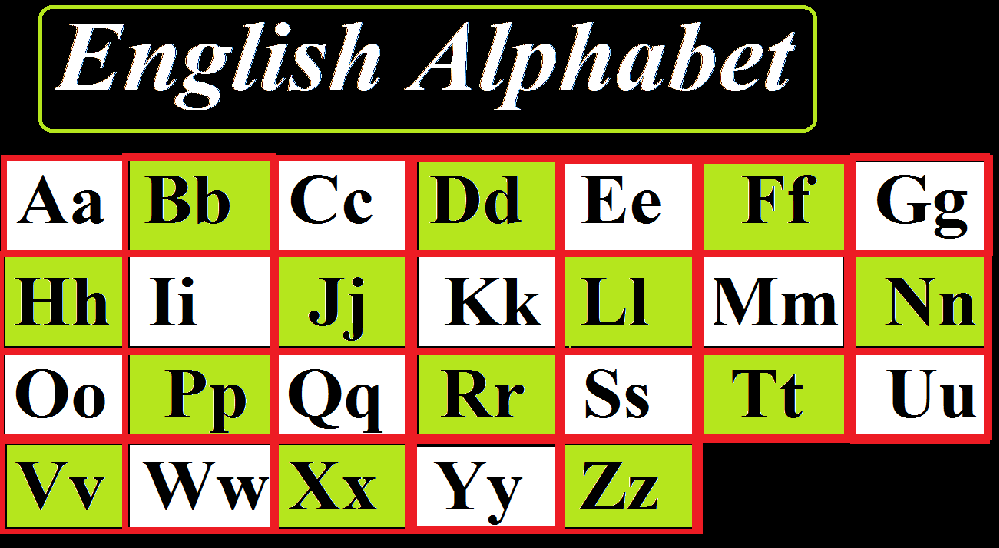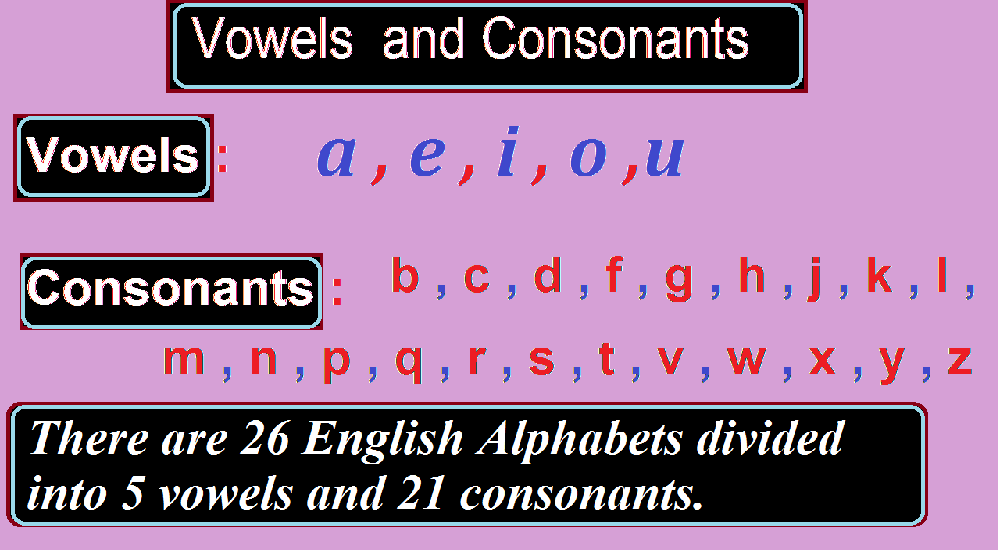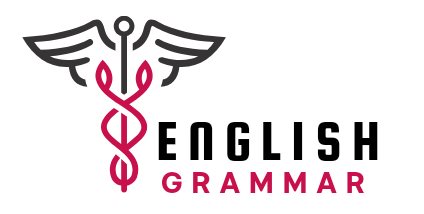A letter is a symbol or character in an alphabet used to represent one or more sounds. | English Alphabet Letters with Vowels and Consonants.

Letter Definition And Examples
A letter is a character or symbol in an alphabet that is used to stand in for one or more spoken language sounds. Letters are created by combining words, and writing can be used to express meaning.
Letters are the building blocks of words, that make sentences and convey meaning. Having a deeper understanding of their role in grammar might help us better appreciate the complexity of language.

Every letter has a unique form and is connected to an unique sound—or group of sounds—that can change based on the rules of the language and where it appears in a word.
Frequently, when we consider grammar, we immediately think about rules regarding to sentence construction, punctuation, and parts of speech. Still, the humble letter serves as a basis for all of these components.
Letters and Sounds :
The relationship between sounds and letters in English is not always easy to understand, which can make learning to read and write difficult.
As an example, the letter “A” can sound different in the words “cat,” “car,” and “cake.” Getting abilities in pronunciation and spelling needs an understanding of these variances.
Characters and Word Structure :
Letters are combined in certain orders to produce words. The laws of orthography, a language’s traditional spelling system, determine the arrangement of letters in a word.
Words like “cat” are spelled with a “c” in the beginning, a “t” in the end, and a “a” in the middle. Changing the arrangement of these characters may provide different words with totally disparate meanings, like “act” or “tac.”
Literacy and Letters :
The ability to read and write, or literacy, is tightly connected to our comprehension of letters. Since learning the alphabet is the foundation of all other literacy abilities, it is promoted in early education.
To become a skilled reader and writer, one must first learn to recognize letters, recognize their sounds, and know how to combine them into words.
English Alphabet Letters
Another essential component of grammar and organization is alphabetical order. Alphabetical ordering is used by dictionaries, encyclopaedias, and indexes to facilitate rapid and effective information retrieval for users.

This approach is predicated on the alphabet’s consistently recognized letter order. Typing words into alphabetical order is a basic ability that comes in handy for a number of academic and professional responsibilities. There are 26 letters in the English alphabet, and each has an individual tone and purpose.
Vowel and Consonant in English:
The two types of these letters are vowels and consonants. It is not only common for each letter to have a particular position in the alphabet, but it also important to various areas of grammar and language education.

Vowels in English Alphabet :
The softness and relaxing quality of speech depend heavily on vowels. They enable our words to flow naturally from one to the next and our voices to soar. The remaining letters are consonants, with the exception of A, E, I, O, and U, which are vowels.
Vowel Types With Examples :
Vowels are divided into three categories based on their functions.
1. Short vowels :
The ‘a’ in “cat,” the ‘e’ in “bed,” and the ‘i’ in “sit” are examples of these short sounds.
2. Long Vowels :
Some sounds, like the “a” in “cake,” the “e” in “see,” and the “i” in “bike,” are longer than others.
3. Complex Vowels :
In complex vowel sounds, diphthongs are those that start with one sound and flow into another, such as the ‘ou’ in “house” or the ‘oi’ in “boil.”
Consonant in English Alphabet :
The more arranged percussion-like sounds in our language are called consonants. They are created by using the lips, teeth, tongue, and mouth to block airflow at different locations in the vocal tract.
All the letters that are not vowels in English are considered consonants, and they are B, C, D, F, G, H, J, K, L, M, N, P, Q, R, S, T, V, W, X, Y (when it serves as a consonant), and Z.
Consonants define the structure of our words and give them their sharp edges.
They serve as the structure and structure of language. For instance, the term “cat” would be reduced to a breathy “a” if C and T weren’t present.
Consonant Types :
Consonants are divided into five categories based on their functions.
1. Plosives :
These noises, like the “p” in “pat” and the “b” in “bat,” are made by stopping and then releasing the airflow.
2. Fricatives :
They are created by pushing air through a constricted opening, much like the ‘f’ in “fish” and the’s’ in “sun.”
3. Nasals :
The sounds that are made with airflow passing through the nose are the’m’ in “man” and the ‘n’ in “nose.”
4. Fluids :
These sounds are more flowing, such as the ‘l’ in “lip” and the ‘r’ in “run.”
5. Slides :
These sounds, like the “w” in “water” and the “y” in “yes,” are made by sliding the tongue over the palate.
Difference Between Vowels and Consonants
It is essential to understand the difference between vowels and consonants in order to know language functions and improve one’s ability to talk.
Examples :
Examples are provided to illustrate the distinctions between vowels and consonants.
- “Cat”: – Vowel: “a” (gives the word its open sound)
– “C” and “t” are consonants, which provide the word structure and frame the vowel. - “Book”: – Vowel: “oo” (produces the word’s centre sound)
– Consonants: “b” and “k” (which indicate the word’s beginning and the end) - “Smile”: The vowels “i” and the silent “e” in “smile” affect the word’s length and pronunciation. “s,” “m,” and “i” are consonants that establish the structure of the word.
Conclusion :
Letters are essential to our knowledge and use of language because they represent sounds, help construct words, control pronunciation, and promote structure.

